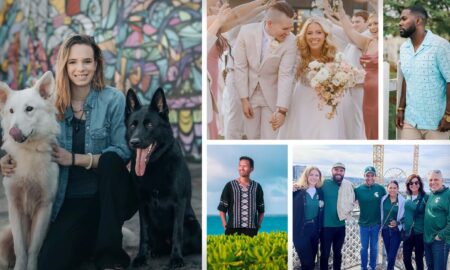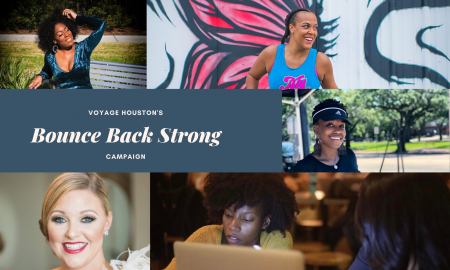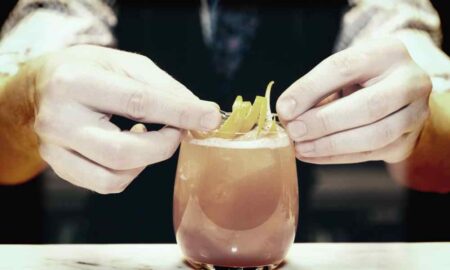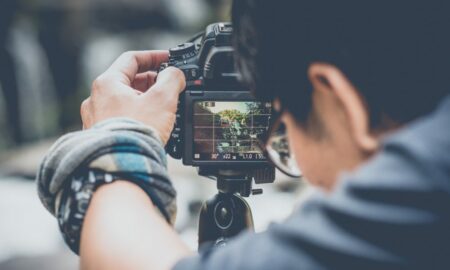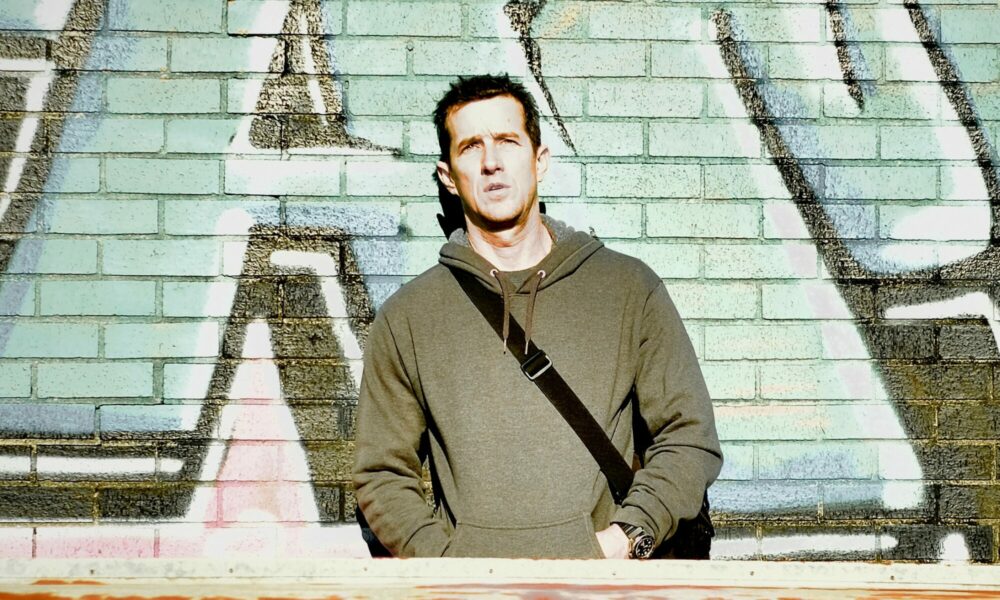

Today we’d like to introduce you to Lance Bradford.
Hi lance, please kick things off for us with an introduction to yourself and your story.
The first thing I ever bought with my own money was a Vivitar 35mm point and shoot for $50 when I was ten. I used it to snap photos of the inmates taking care of the police horses at the county jail across the street from the place where I lived. If I brought them a few cigarettes from my mom’s purse they would stand and pose for me next to the horses. The front half of the building where I grew up was a bail bonds business owned by my stepfather and the back section was our house. There weren’t any kids to play with in that neighborhood so I learned to entertain myself by exploring the area on my bike while taking photos. I studied photography and design part-time at the Glassell School of Art and the Rice Media Center but I am mainly self-taught through years of street shooting.
Alright, so let’s dig a little deeper into the story – has it been an easy path overall and if not, what were the challenges you’ve had to overcome?
As an artist, it can be difficult to know if what you are doing is the “right thing”. If you’re not part of the “art world”/academia/gallery and studio world then you may not have a network of like-minded people to bounce ideas off of. And even if you do, there can be an overload of advice. In that case, you need a strong sense of what you want aesthetically and an ability to go it alone to some degree and just experiment with different techniques and subject matter. I’ve learned more from my mistakes than successes. Sometimes, I have to chip away everything I know I do NOT want in order to reveal the thing I’m actually looking for.
Thanks – so what else should our readers know about your work and what you’re currently focused on?
I am a street photographer with a sub-specialty in street portraiture. Most street photography is entirely improvised. It involves photographing people in an urban environment without necessarily interacting with those people. But sometimes I will approach a person and get into in-depth conversations about what they might be doing at that moment or I might try to find out something of their background or personal history. They might ask me about what I’m doing or where I come from. I shoot in a lot of neighborhoods that sociologists like to refer to as “underserved” or “economically at risk”. People are not always enthusiastic about having a stranger point a camera at them. Just talking for a few minutes puts people at ease. My photos are always better when the person I am shooting trusts me. I have had people actually invite me into their houses and places of business to shoot photographs. Sometimes I think my main tool is not the camera but the ability to talk comfortably with total strangers.
If we knew you growing up, how would we have described you?
I learned to read very early and the ability to escape into a book was a lifesaver at times. Other than that, all I really knew as a kid was that I hated school and wanted to be an artist. Life at home was fairly turbulent. I was “asked” to leave home when I was 17 and spent my senior year of high school living in my car in a small town north of Austin. Shortly after that, I moved in with a friend in Houston and I’ve been here ever since.
Contact Info:
- Website: www.lancebradfordphotography.com
- Instagram: https://www.instagram.com/lance_bradford_photography/
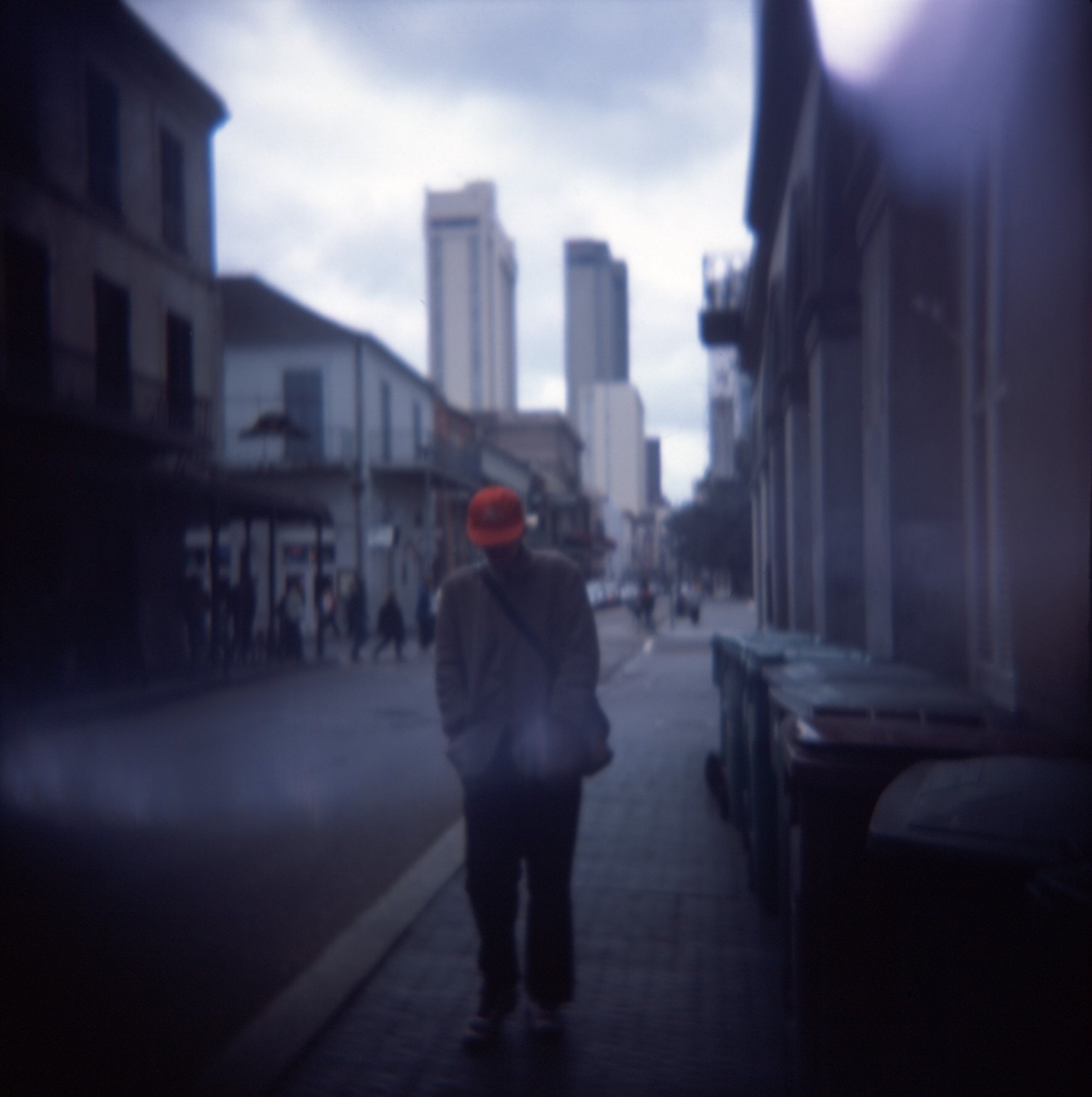
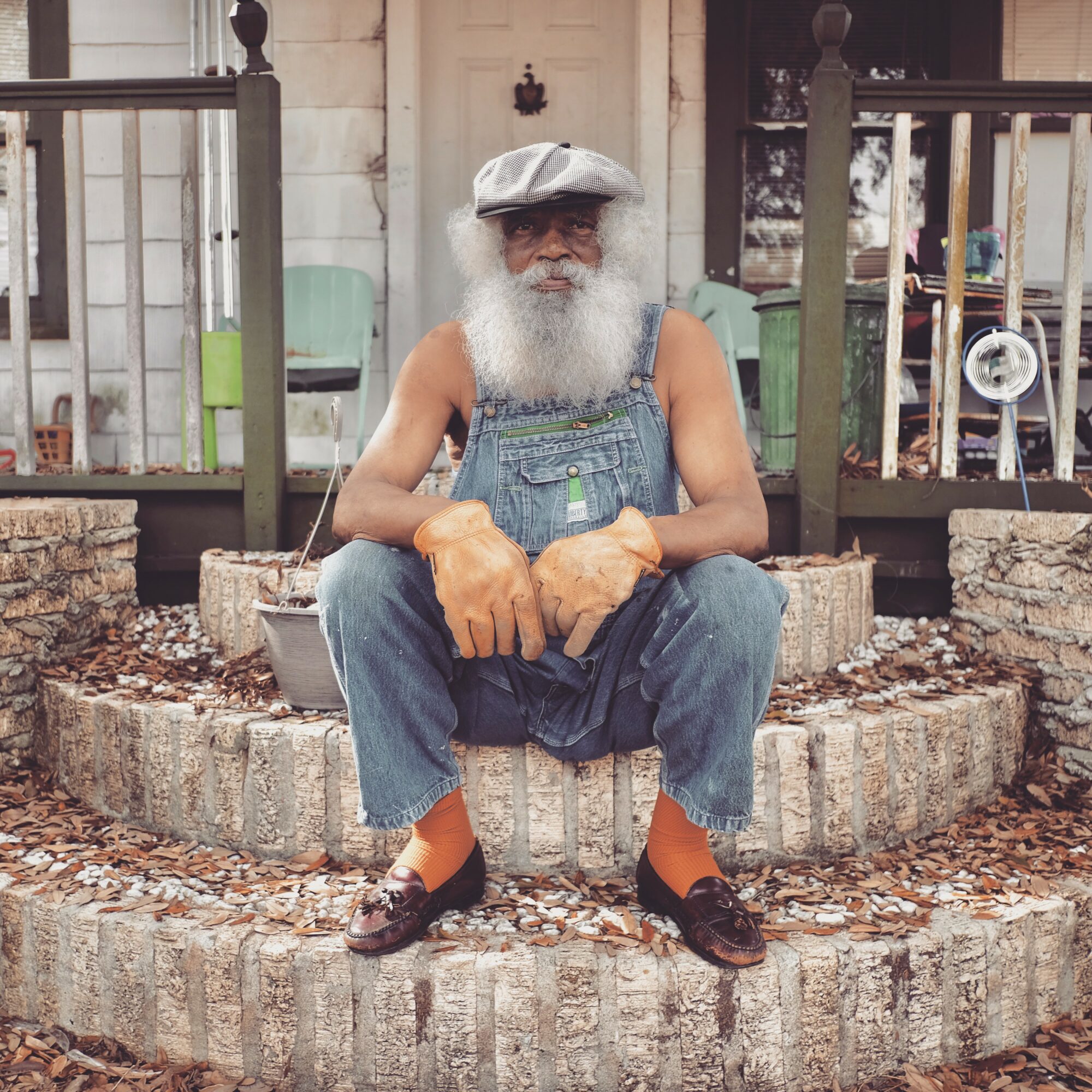
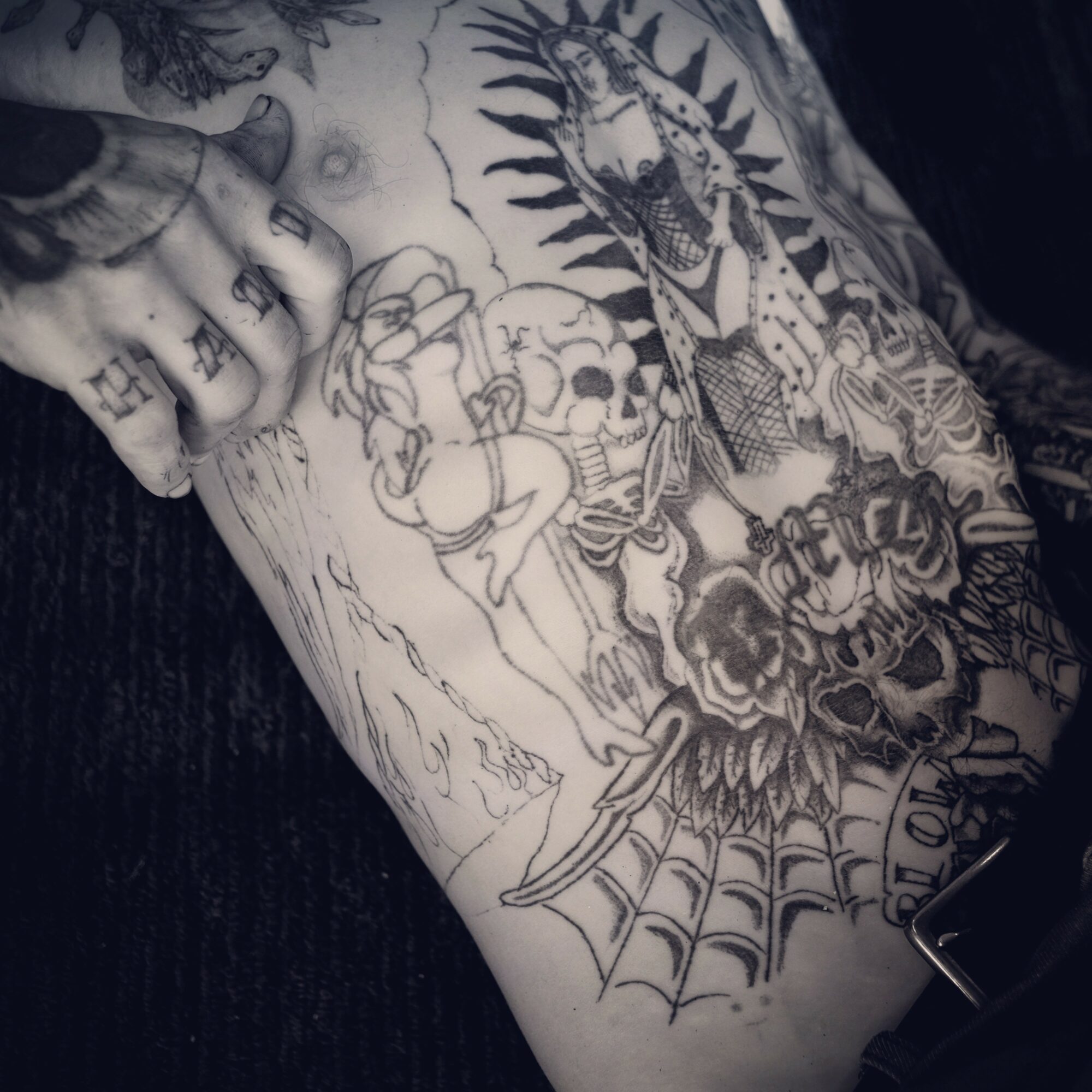
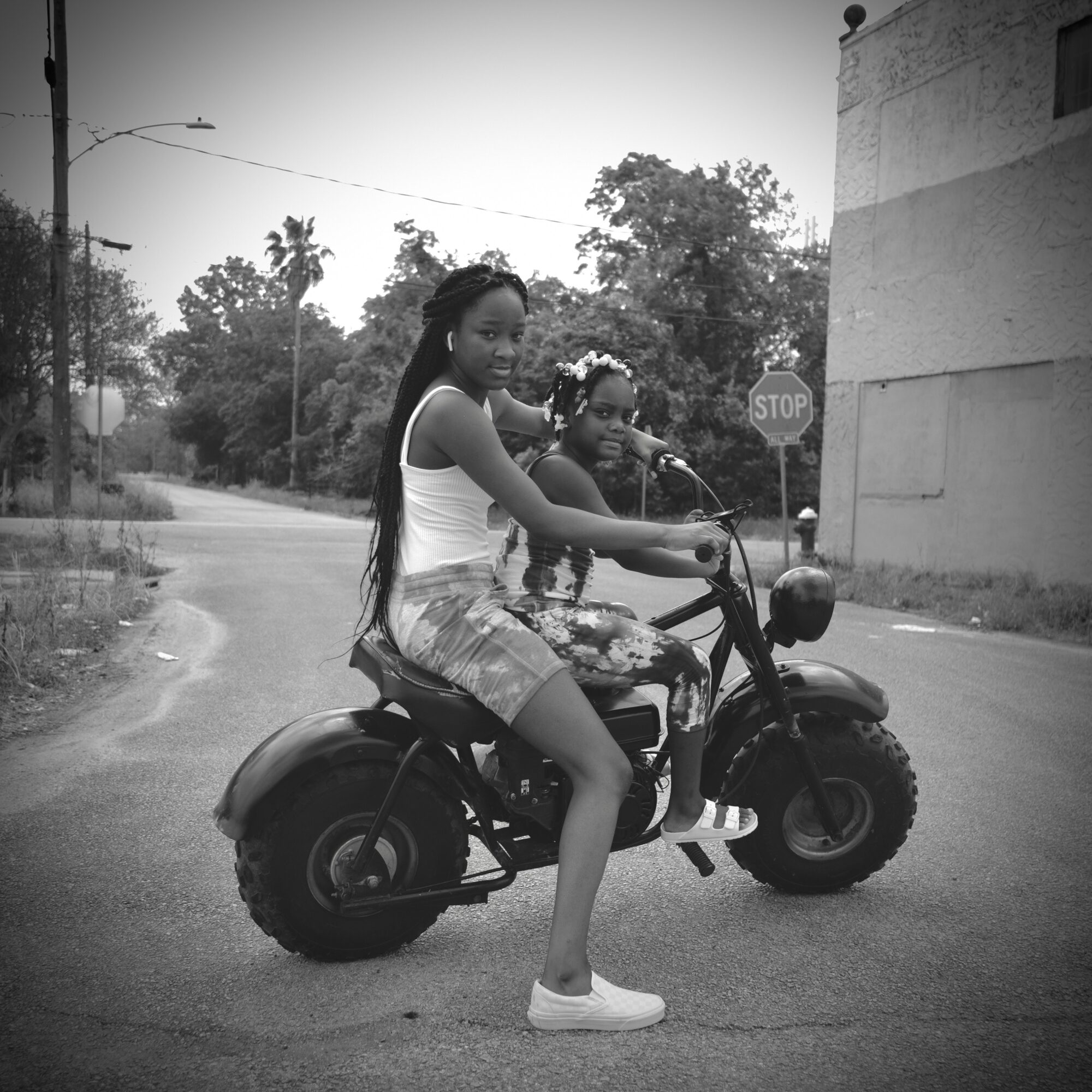
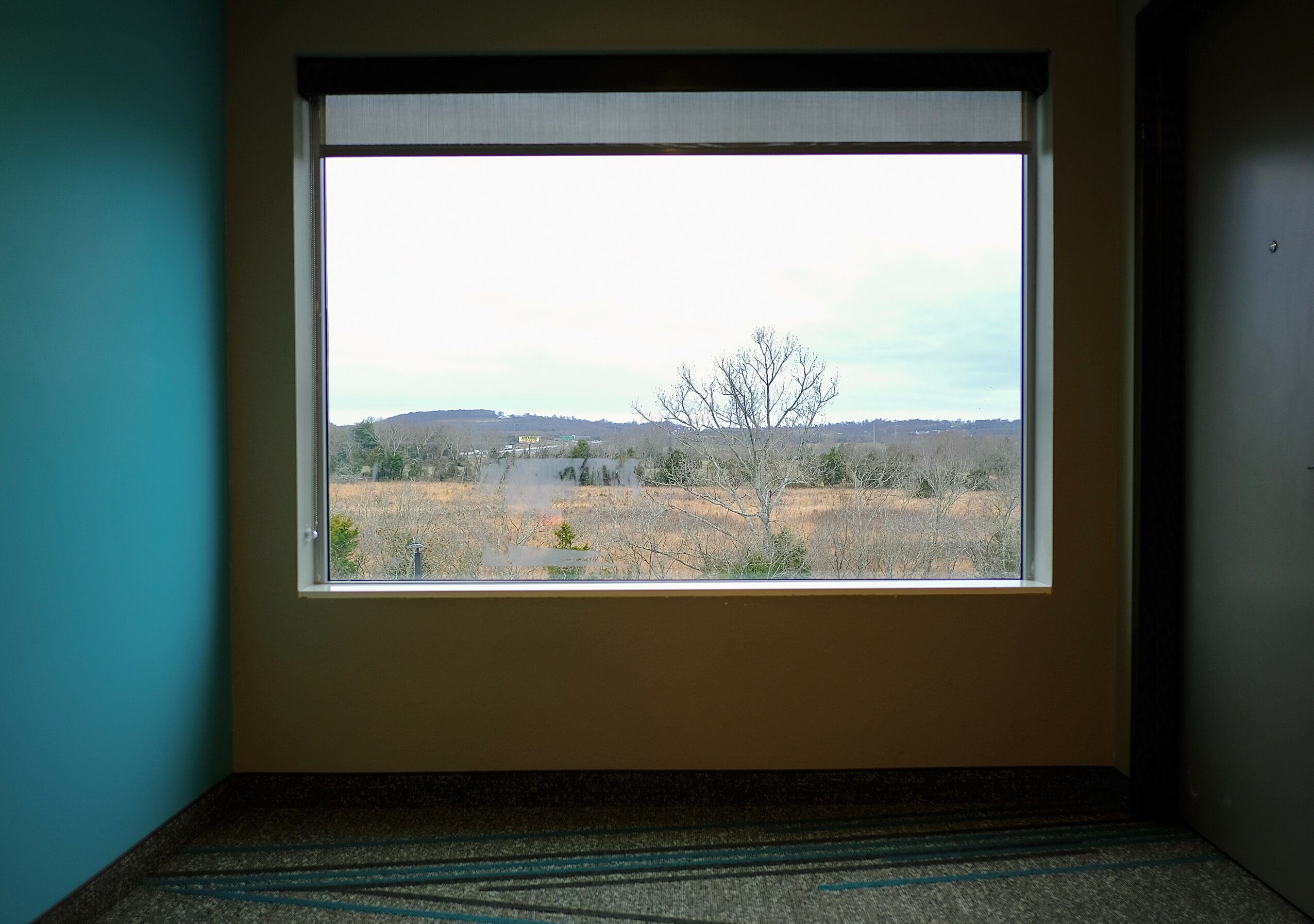
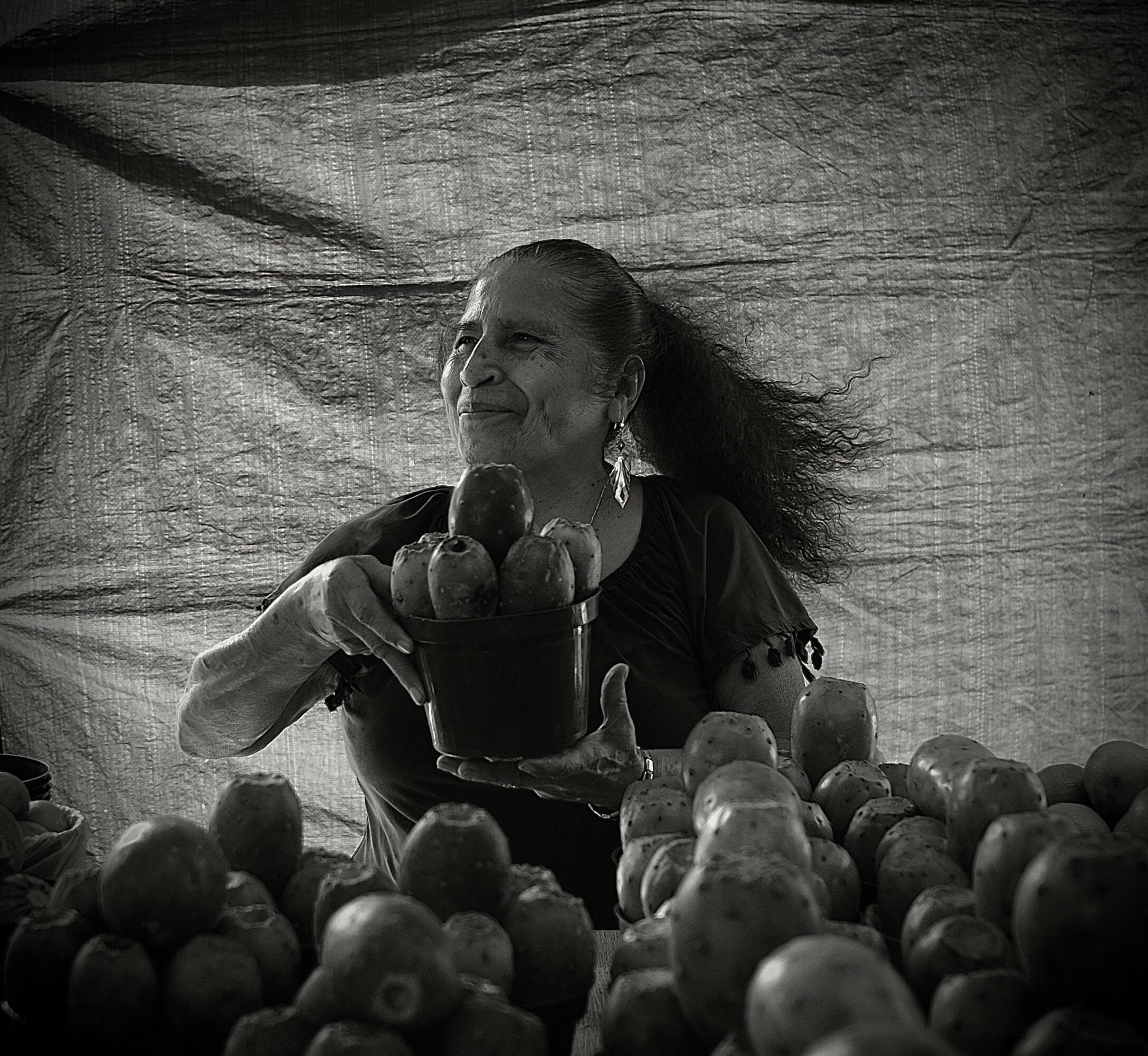
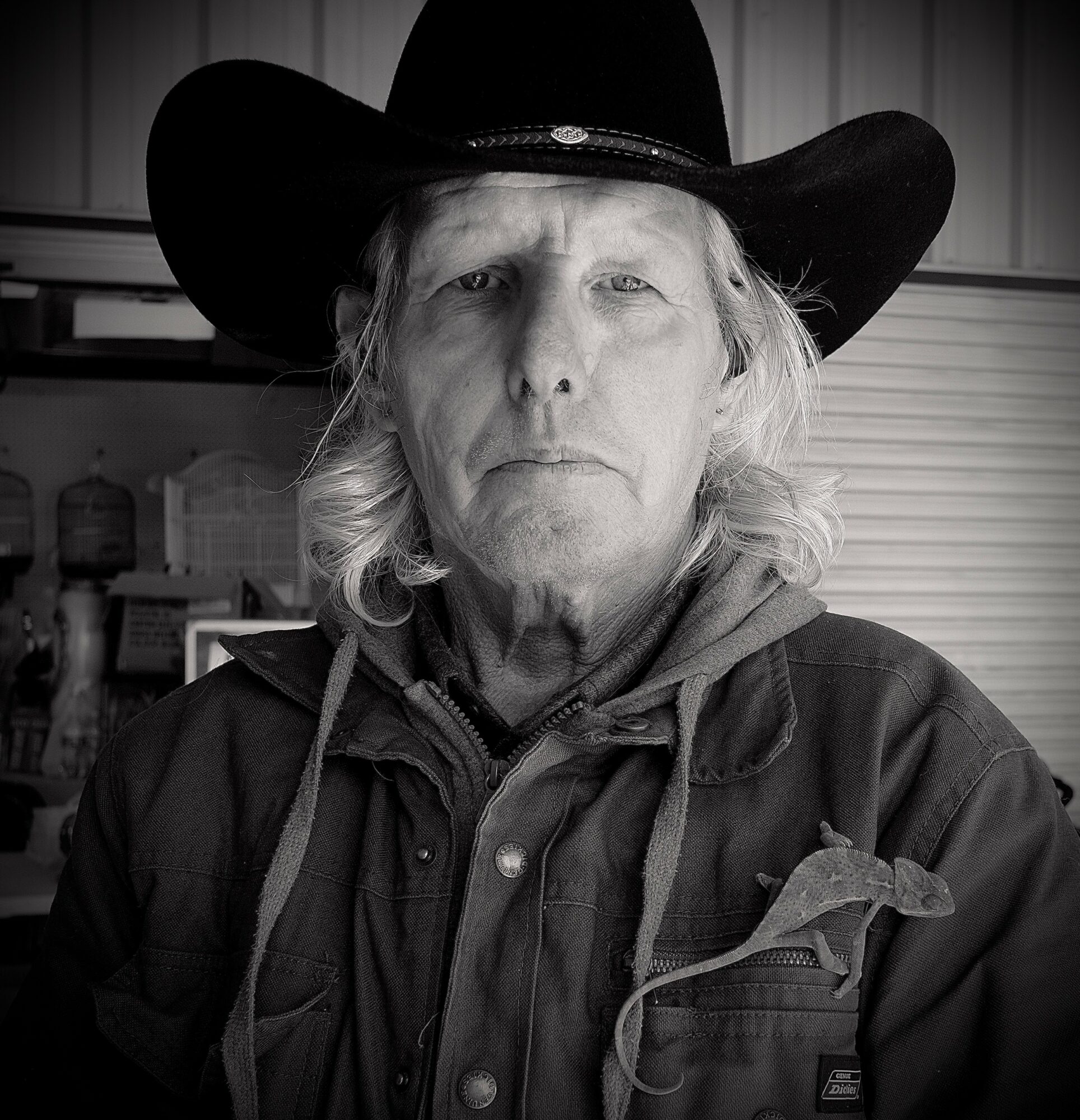
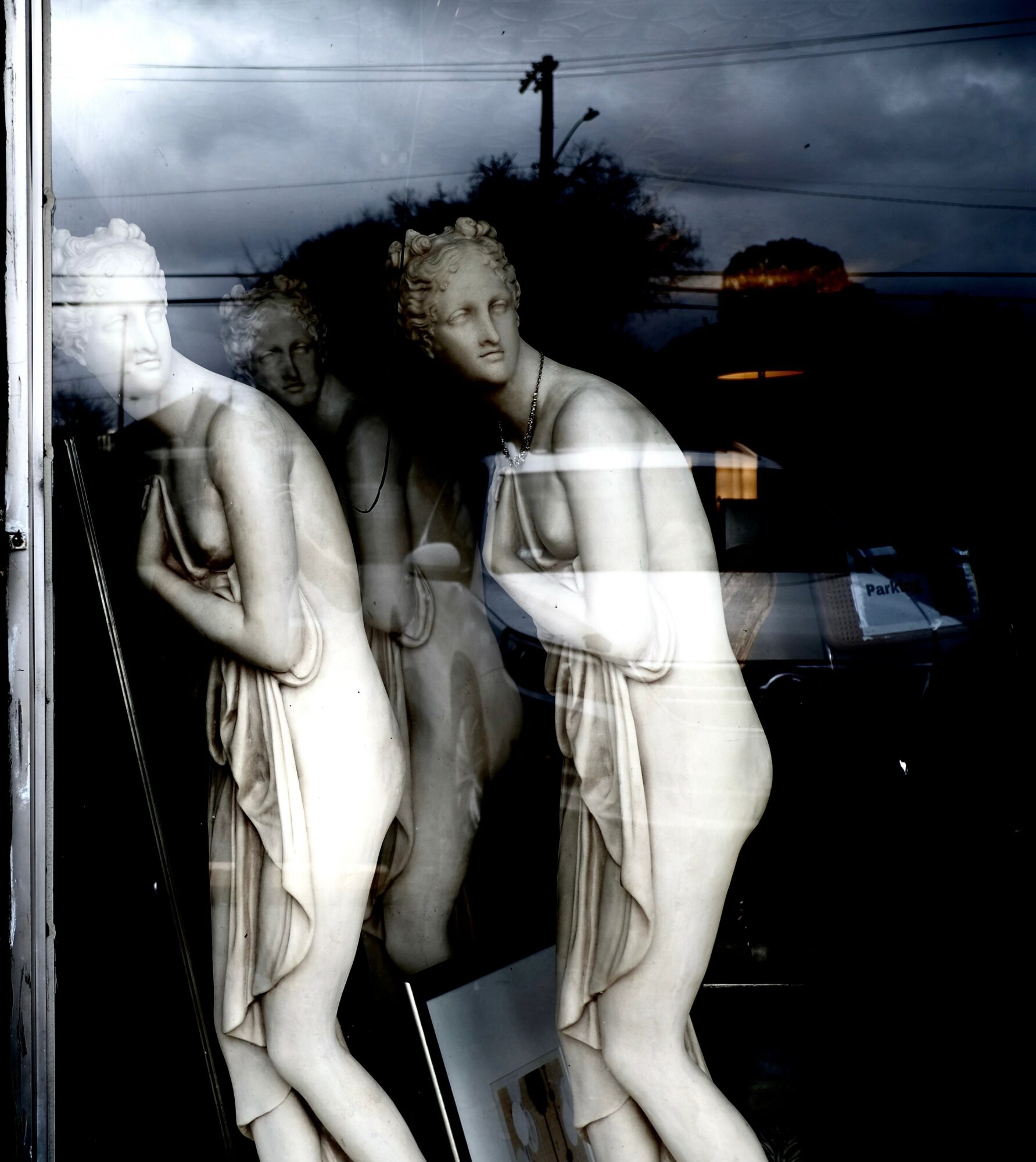
Image Credits
All images shot by Lance Bradford.

